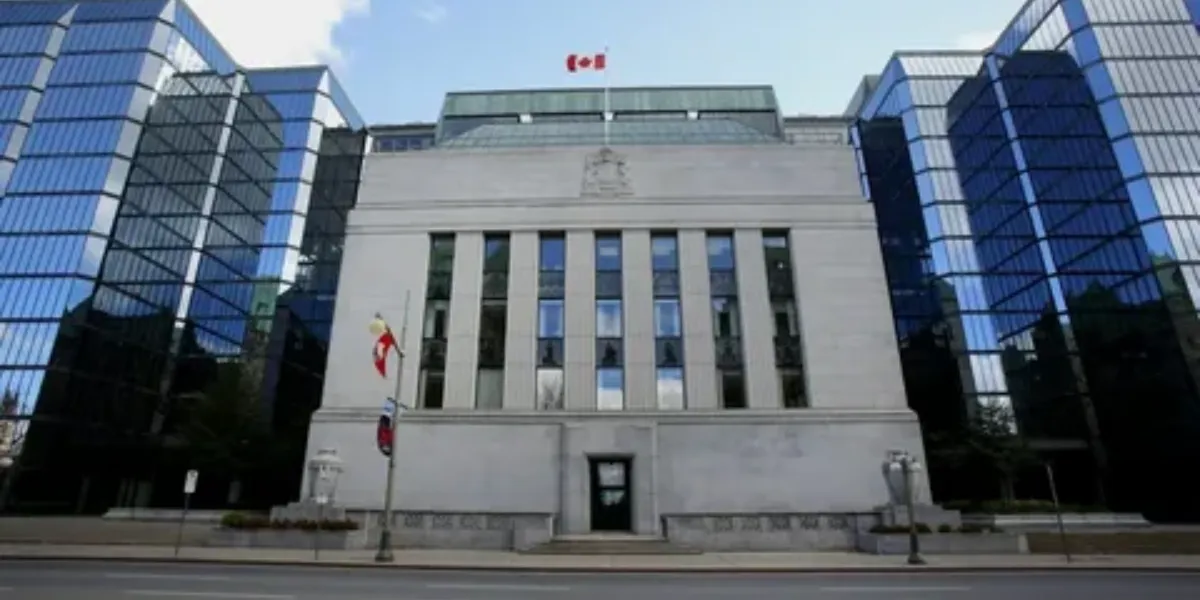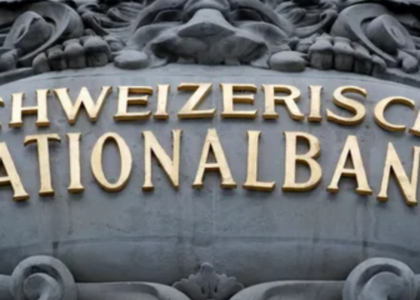Prime Rate and Bank of Canada Rate

In the intricate world of finance, understanding the dynamics between the prime rate and the Bank of Canada rate is crucial. These rates serve as vital benchmarks influencing the cost of borrowing for consumers and businesses alike.
Understanding the Relationship between Prime Rate and Bank of Canada Rate
The prime rate represents the interest rate that commercial banks offer to their most creditworthy customers. On the other hand, the Bank of Canada rate, also known as the overnight rate, is the interest rate at which major financial institutions borrow and lend one-day funds among themselves. Changes in the Bank of Canada rate often ripple through the economy, impacting various financial products, including mortgages, loans, and savings accounts.
Bank of Canada’s Recent Decision to Hike Interest Rates

Recently, the Bank of Canada made a significant decision to increase its benchmark interest rate. This move reflects the central bank’s assessment of economic conditions, inflationary pressures, and other factors influencing monetary policy.
Impact of the Rate Hike on Prime Rate
The decision to hike the Bank of Canada rate typically leads to an increase in the prime rate offered by commercial banks. This uptick in borrowing costs affects various sectors of the economy, prompting consumers and businesses to reassess their financial strategies.
What Does a Prime Rate of 3.20% Mean for Consumers?

With the prime rate climbing to 3.20%, consumers may notice changes in the interest rates for their credit cards, lines of credit, and variable-rate mortgages. Higher borrowing costs could translate to increased monthly payments and greater overall debt burdens for those with variable-rate loans.
How Businesses are Affected by the Prime Rate Increase
For businesses, higher prime rates mean elevated costs of borrowing for expansions, inventory purchases, and day-to-day operations. Small and medium enterprises, in particular, may face challenges in managing cash flow and accessing affordable credit.
Strategies for Managing Personal Finances Amidst Rising Interest Rates

In light of rising interest rates, individuals are encouraged to review their financial plans and explore strategies for mitigating the impact of higher borrowing costs. This may include refinancing existing debts, budgeting more effectively, and seeking out competitive interest rates.
Analyzing the Housing Market’s Response to Higher Interest Rates
The real estate market is sensitive to changes in interest rates, especially for homebuyers relying on mortgages. As interest rates climb, housing affordability may decline, potentially cooling demand and moderating price growth in certain regions.
Implications of Increased Prime Rate on Borrowing and Lending

Higher prime rates affect not only borrowers but also savers and investors. While borrowers face greater interest expenses, savers may benefit from higher returns on savings accounts and fixed-income investments. Lenders, meanwhile, may adjust their lending criteria and pricing strategies in response to changing market conditions.
Comparison with Historical Prime Rate Trends
To gain perspective on the current prime rate hike, it’s valuable to compare it with historical trends. By examining past interest rate cycles and economic conditions, analysts can glean insights into potential future developments and their implications for borrowers and lenders.
Expert Predictions on Future Prime Rate Movements

Economists and financial experts closely monitor economic indicators and central bank statements to forecast future prime rate movements. While predictions are inherently uncertain, these insights can help individuals and businesses prepare for potential changes in borrowing costs.
Tips for Negotiating Better Loan and Mortgage Rates
In a rising interest rate environment, negotiating favorable terms for loans and mortgages becomes increasingly important. By shopping around, improving creditworthiness, and leveraging market competition, borrowers can potentially secure lower interest rates and save money over time.
Navigating the Changing Landscape of Interest Rates

As the prime rate climbs to 3.20% following the Bank of Canada rate hike, individuals, businesses, and policymakers must adapt to the evolving financial landscape. By staying informed, exercising prudent financial management, and seeking professional guidance when needed, stakeholders can navigate the challenges and opportunities presented by changing interest rates effectively.
Click here for more visited Posts!




